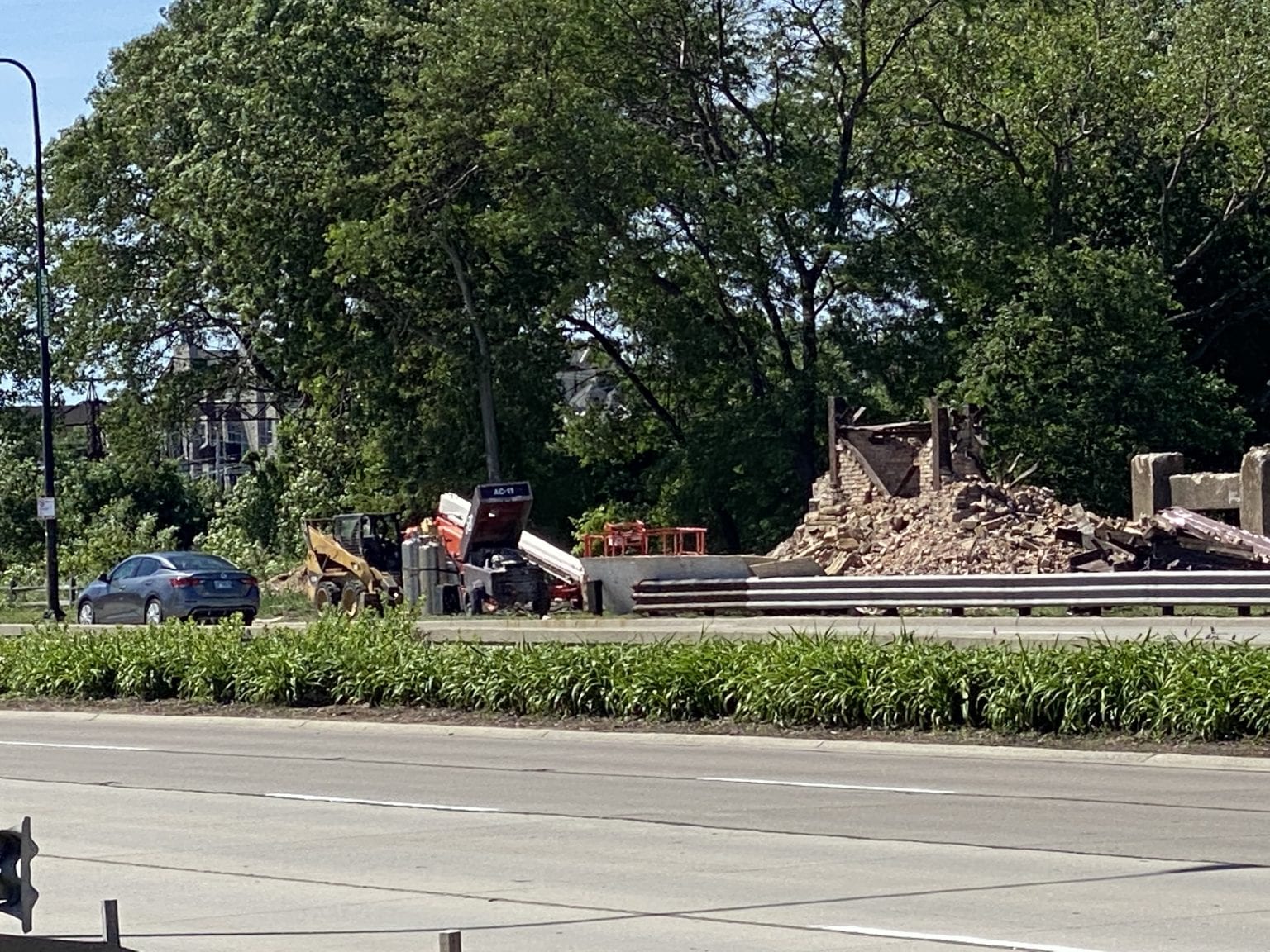The 80-year-old 43rd Street pedestrian bridge over Lake Shore Drive was demolished last week as workers prepare to erect a new one as part of an ongoing effort to connect residents with the city’s lakefront.
Lake Shore Drive from Oakwood Boulevard to 47th Street was inaccessible for six hours as Chicago Department of Transportation workers demolished the concrete bridge.
Drivers were rerouted to Cottage Grove Avenue and are encouraged to take alternate routes like the Dan Ryan Expressway during the closure, city officials said.
The old bridge was never accessible, as required, to disabled residents in wheelchairs, under the Americans with Disabilities Act.
The new bridge will be a sleek, modern structure that will have a ramp and curvy design that’s similar to the 41st Street bridge that opened in 2018. The new bridge will allow wheelchair users, bicyclists and emergency vehicles to cross Lake Shore Drive and the adjacent railroad tracks. CDOT officials say the new bridge is expected to open by late 2022.
The 43rd Street overpass is the fourth of five planned bridge projects that will be replaced to improve access to the south lakefront.

In 2016, the “Great Migration Bridge” over Lake Shore Drive at 35th Street opened after it replaced a 75-year-old catwalk that was narrow, poorly lit, and non-ADA compliant. Built with $18 million from the federal government and $5 million from the state of Illinois, the 620-foot suspension bridge was dedicated by Alderman Pat Dowell and then-Mayor Rahm Emanuel.
In December 2018, the $33 million 41st Street bridge opened to replace a rusting, non-wheelchair accessible bridge. With its sky-blue color, the modern, s-curvy structure is a five bike-ped bridge that’s visibly stunning as it stretches across Lake Shore Drive.
In 2019, city workers completed a two-year project that replaced the 31st vehicular bridge with a new one like its predecessor.
The new, two-lane bridge has a traditional appearance with balustrades and Victorian lampposts on both sides of the structure.






